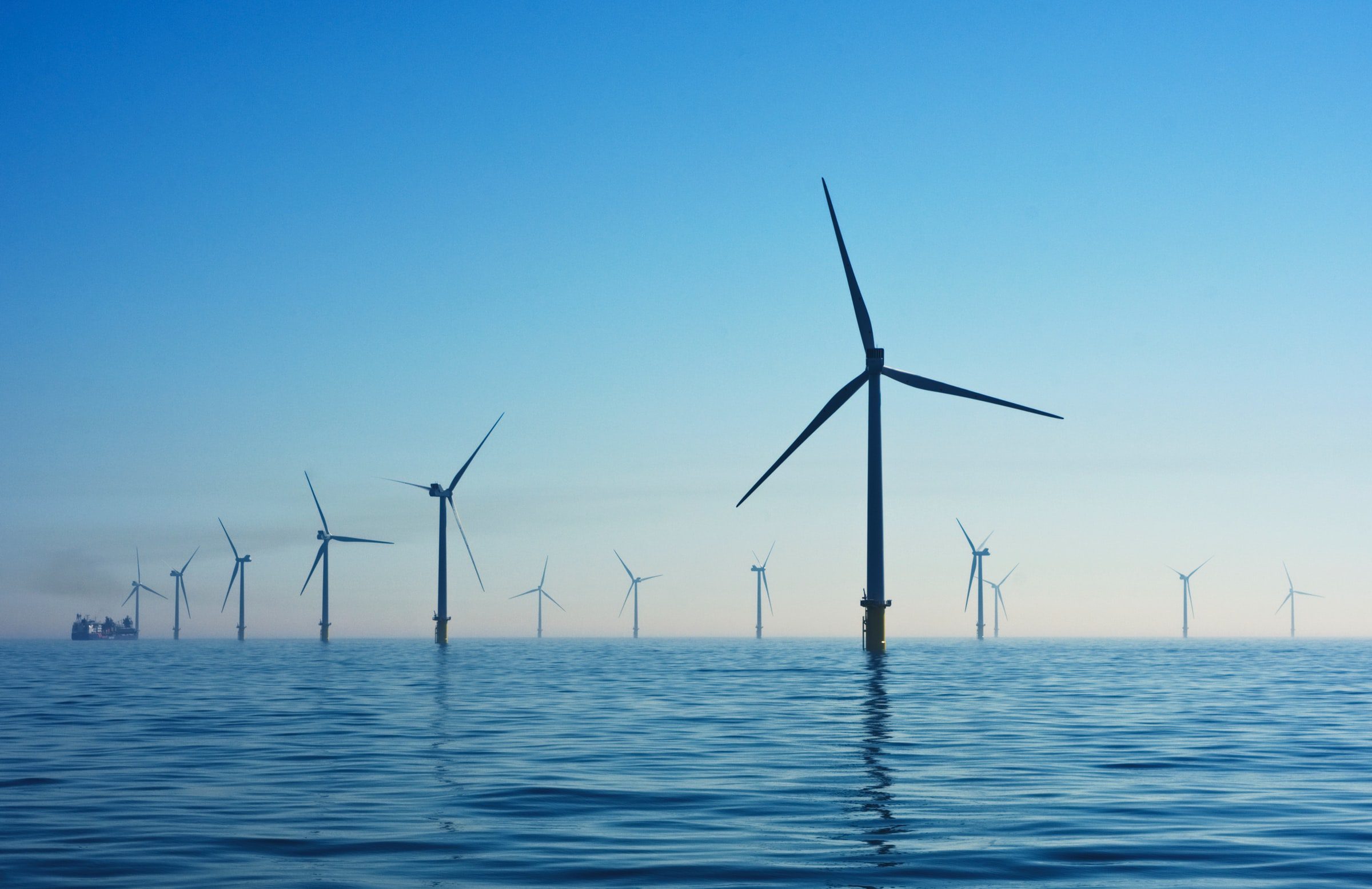As more and more nations around the world ramp up their commitments to cutting emissions before the end of the decade, a push for renewable energy sources is going to be impossible to ignore. Historically, businesses and government officials have had a simple and strong argument to fall back on: cost. Even the most unsustainable of emissions levels were generally excused because equivalent infrastructure for generating renewable power would cost significantly more. Time and time again, the fear of market instability, high taxation, and government overspending outweighed the warnings from the world’s scientists about chickens that would take a lifetime before eventually coming home to roost.
So what has changed? Is it a change in public sentiment? Maybe the influence of critically acclaimed films like Interstellar and Don’t Look Up that depict some variation of a changing climate and the end of humanity? While these are purely speculative accurate assumptions to make, the biggest difference is likely the fact that the market has started to side with sustainability. In a world where every business and political decision is run through some sort of financial impact model, the ever-growing economic viability of renewable energy development will carry a torch that will be followed by every nation on the planet.
A pair of studies published by the Pacific Northwest National Laboratory (PNNL) have found a lot of evidence that supports this market-based hypothesis. The studies primarily looked into construction methods for wind power generation in remote communities along the coastline from Oregon to Alaska and whether they can improve the energy insecurity of those communities. The small towns and rural areas of the Pacific Northwest were perfect for the study because of their ideal locational potential for offshore wind turbines.
Through a combination of metrics, PNNL researchers then evaluated the prospect of installing wind power in these communities on a basis of economic feasibility, environmental impact, and logistical possibility. The first study sought to predict the capability of offshore wind to support the energy needs of these remote communities. The second attempted to find the expected value of “distributed wind”, an energy model that sees turbines in the communities themselves rather than at a distance.
Both studies showed promising implications for the potential of wind energy in these communities, both offshore and distributed. Offshore turbines, in particular, proved quite impactful, in large part due to the intensified winds flowing through the local environment.
“Not only could offshore wind increase the reliability of electricity delivery to Oregon’s coastal communities,” says PNNL researcher Travis Douville, “But deploying offshore wind opens up transmission capacity that could serve load centers throughout the Willamette Valley in western Oregon.”
The second study, which analyzed the economic value of distributed wind on a remote 700-person town of St. Mary’s, Alaska, displayed similar success. In this situation, the efficiency of wind proved far cheaper than traditional power. “We found that the largest benefit to [St. Mary’s] is the avoided cost of diesel, which translates to $5.3 million in savings over the lifetime of the turbine,” said Sarah Barrows, a PNNL economist. And because the study kept its focus narrowed to only a few variables, it is likely that there are other savings not shown in the numbers. “We didn’t include the value of other avoided pollutants in this study, so there is likely additional value that is unaccounted for.”





